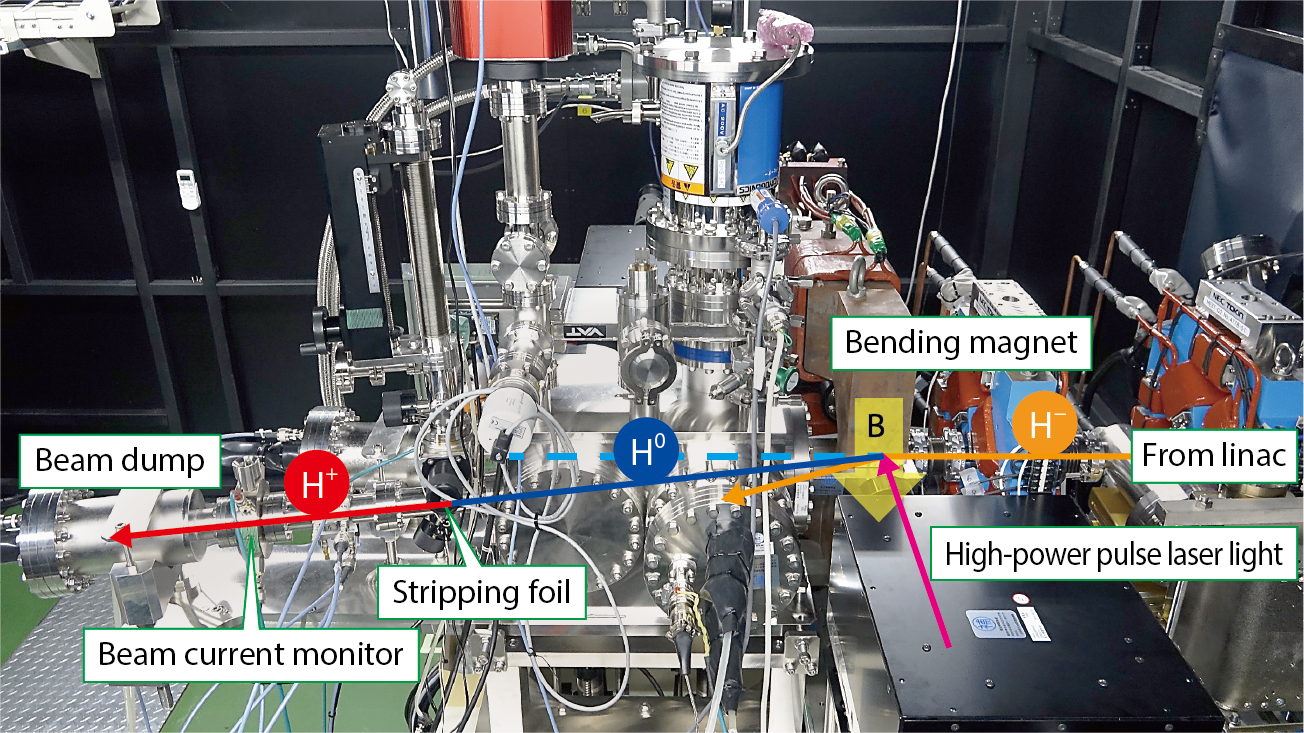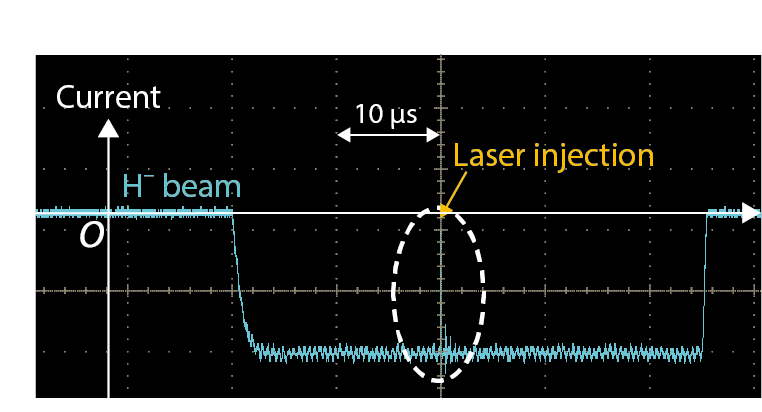
Fig.4-16 New type of laser-charge-exchange (LCE) device

Fig.4-17 Disappearing current waveform of the H- beam by the laser
For the purpose of reducing the amount of high-level radioactive waste and toxicity to humans and the environment, we propose an accelerator-driven system (ADS) for transmuting long-lived nuclides into short-lived or stable ones. Since the ADS is a hybrid system of the proton linear accelerator (linac) and the nuclear reactor, various issues are inherent to research and development of the ADS. To conduct fundamental research on the ADS, we consider the Transmutation Experimental Facility (TEF) at J-PARC. At TEF, spallation-target technology is being developed using a high-power negative-hydrogen (H-, 400 MeV/250 kW) beam. By extracting a low-power proton (H+, 10 W or less) beam from the high-power H- beam and introducing the H+ beam to a zero-power critical assembly (i.e., a low-power nuclear reactor), nuclear characteristics related to the feasibility of ADS can be studied. Extraction of the low-power H+ beam with long-term power stability is indispensable because the extracted H+ beam drives the nuclear reactor and its safety. For a traditional beam-extraction system using a pulse electromagnet and/or stripping foil, unexpectedly high-power beam extraction occurs due to the abnormality of the electromagnet and the deformation of the stripping foil. It is difficult to extract a very weak proton beam stably. To extract a low-power H+ beam with long-term power stability, we developed a new type of laser-charge-exchange (LCE) device and conducted the extraction experiment.
To eliminate the background protons, we performed laser injection and beam bending in one bending magnet, and LCE devices were installed at the end of the linac with an energy of 3 MeV (Fig.4-16). For the experiment, we set target values from the request of TEF, i.e., the power of the extracted H+ beam was 5–10 W equivalent and the beam-power stability was within 5 %. Furthermore, in order to match with the operation schedule of J-PARC linac, the target value of the extraction time was 7 d (total: 56 h) or more. To produce such an H+ beam, we have newly developed a high-power pulse-laser source (1.6 J/pulse, 25 Hz) synchronized with the repetition rate (25 Hz) of the H- beam. We have also developed a laser-light-transport system capable of maintaining the irradiation position with high accuracy.
Using this system experimentally, we succeeded in extracting an H+ beam of about 8 W equivalent for about 8 d (total 65 h) with a beam-power stability within about 3 % (Fig.4-17), achieving our initial goal. Thus, we established an elemental technology required for the TEF, i.e., the foundations of control technology for the extraction of the low-power H+ beam from the high-power H- beam at J-PARC with long-term power stability.